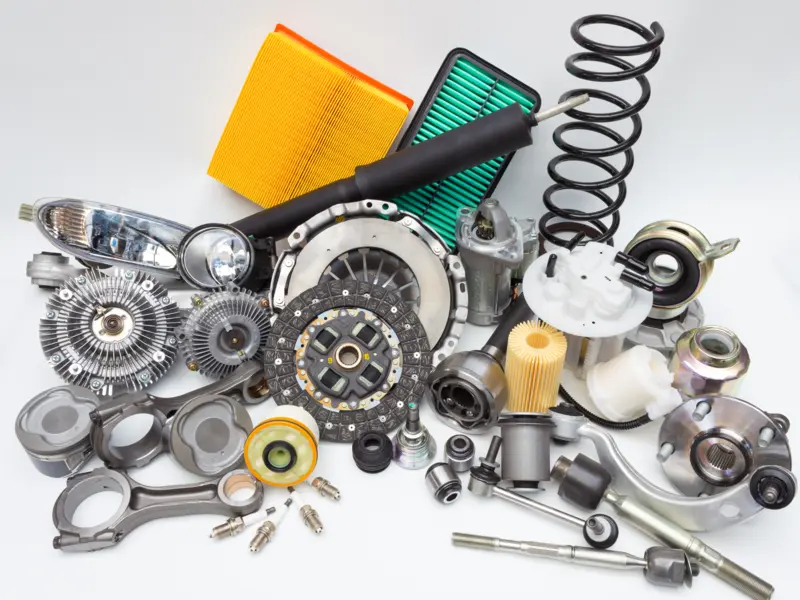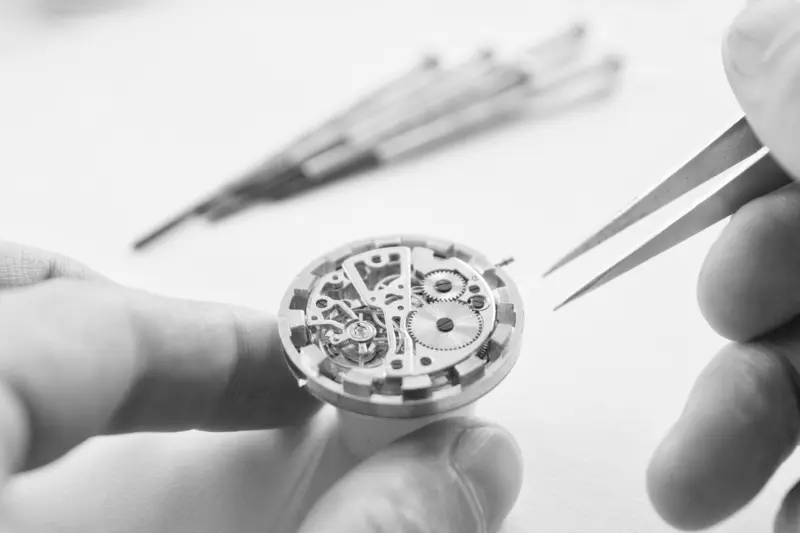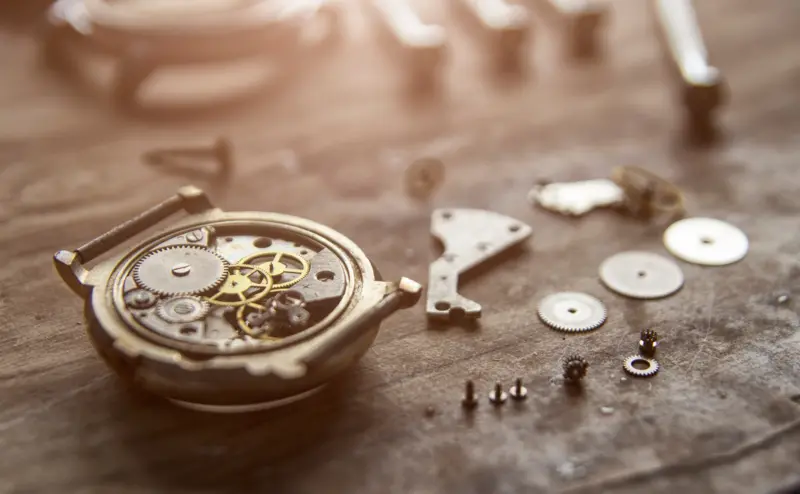The Art of Making You Want It:
The Enchanting Art of Product Photography.
Forget flat snapshots on a white background – product photography is an art form that transforms everyday items into irresistible eye candy. It’s a world of make-believe, where skilled photographers wield light, composition, and storytelling to create captivating images that turn browsers into buyers. Imagine a simple t-shirt metamorphosed into haute couture, a bowl of cereal elevated to a royal breakfast, or a pair of shoes that practically beg to be walked in. That’s the magic of product photography – weaving a visual narrative that sparks a fire of desire and compels you to reach for your wallet.
Product photography isn’t a one-size-fits-all game. Ordinarily, you might envision meticulously arranged still life photography bathed in soft light, highlighting every detail of a product. Consequently, these images, often used in advertising campaigns, allow viewers to truly appreciate the essence of a product itself. Imagine a gleaming camera showcasing its sleek lines and tactile buttons, or perhaps a bottle of perfume nestled amongst soft folds of fabric and bathed in a soft glow that hints at its luxurious scent.
Conversely, e-commerce photography prioritizes functionality over artistic flair. Clean lines, clear product visibility, and detailed zoom options are paramount here. Consumers rely on these images to inspect features, assess quality, and make informed decisions before clicking “add to cart.” Think crisp close-ups of clothing with minimal distractions, or perfectly centered tech gadgets displayed against a seamless white backdrop.
Technical expertise forms the foundation of successful product photography. Lighting is a photographer’s secret weapon, with different techniques employed to achieve the desired effect. Soft, diffused light creates a dreamy atmosphere for beauty products, while harsh shadows and dramatic contrasts can make a tech gadget stand out. Composition is equally important. Mastering the rule of thirds, leading lines, and negative space helps draw the viewer’s eye to the product and create a visually pleasing image.
But product photography is more than just fancy cameras and lighting tricks. It thrives on understanding the target audience and what resonates with them. A photographer working on a children’s toy ad will employ a playful and vibrant approach, using bright colors and dynamic compositions to capture a child’s attention. In contrast, one creating an image for a luxury watch campaign might focus on elegance and sophistication, utilizing muted tones and minimalist backdrops to evoke a sense of exclusivity. Aligning the visual style with the target demographic fosters a deeper connection and makes the product feel like an aspirational object.
Post-processing adds the final layer of polish. Skilled editors utilize software tools to enhance the image, adjusting color balance, contrast, and sharpness. Sometimes, minor imperfections might be removed, or subtle elements like wisps of steam over a hot beverage might be digitally added to further enhance the visual story. The final product is a collection of captivating images that showcase the product’s best features and leave a lasting impression on potential customers.
Notwithstanding its artistic elements, product photography is a powerful marketing tool. It transcends mere documentation and utilizes creative techniques to ignite desire and drive sales. As e-commerce and social media continue to shape the retail landscape, the importance of product photography will undoubtedly continue to rise. Skilled product photographers will remain essential players, crafting captivating visuals that transform humble objects into irresistible desires.






